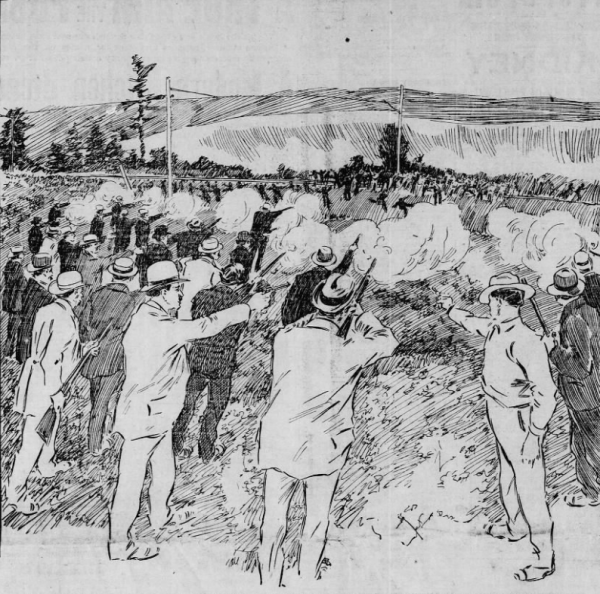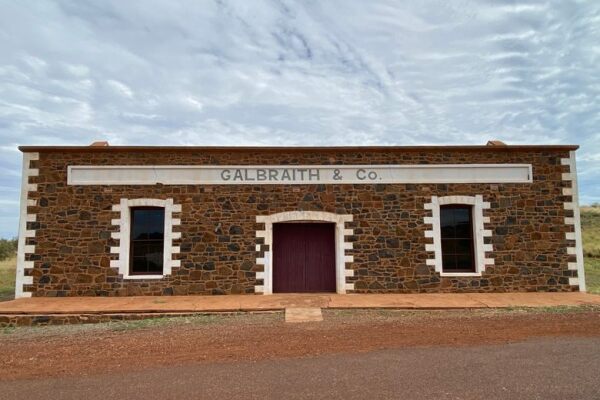Today in Labor History September 10, 1897: A sheriff and deputies killed 19 striking miners and wounded 40 others in Lattimer mine, near Hazelton, Pennsylvania during a peaceful mining protest. Many of those killed were originally brought in as strikebreakers, but then later organized and joined the strike. The miners were mostly Polish, Lithuanian, Slovak and German. The massacre was a turning point for the UMW. Working and safety conditions were terrible. 32,000 miners had died from 1870-1897, just in the northeastern coalfields of Pennsylvania. Wages had dropped 17% since the mid-1890s.
The strike began in mid-August, when teenage mule drivers walked off the job to protest the consolidation of stables, which had forced them to walk much further just to get to work. After a scuffle between drivers and supervisors, two thousand men walked out, as well. Soon, all the mines in the region had joined the strike. Most of the men who weren’t already members of the UMW quickly joined the union. Up to 10,000 miners were now on strike. The mine owners’ private police, kn
... show moreToday in Labor History September 10, 1897: A sheriff and deputies killed 19 striking miners and wounded 40 others in Lattimer mine, near Hazelton, Pennsylvania during a peaceful mining protest. Many of those killed were originally brought in as strikebreakers, but then later organized and joined the strike. The miners were mostly Polish, Lithuanian, Slovak and German. The massacre was a turning point for the UMW. Working and safety conditions were terrible. 32,000 miners had died from 1870-1897, just in the northeastern coalfields of Pennsylvania. Wages had dropped 17% since the mid-1890s.
The strike began in mid-August, when teenage mule drivers walked off the job to protest the consolidation of stables, which had forced them to walk much further just to get to work. After a scuffle between drivers and supervisors, two thousand men walked out, as well. Soon, all the mines in the region had joined the strike. Most of the men who weren’t already members of the UMW quickly joined the union. Up to 10,000 miners were now on strike. The mine owners’ private police, known as the Coal & Iron Police (miners called them Cossacks, for their brutality), was too small to quash the strike, so they called on the sheriff to intervene. He mustered a posse of 100 Irish and English immigrants, who confronted the miners as they marched toward Latimer, on Sep 10. Along the way, they joked about how many miners they were going to kill.
The massacre provoked a near uprising. The sheriff called for the deployment of the National Guard, which sent 2,500 troops to quell the unrest. 10 days later, a group of Slavic women, armed with fire pokers and rolling pins, led 150 men and boys to shut down the McAdoo coal works, but were stopped by the National Guards. The sheriff, and 73 deputized vigilantes, were put on trial. However, despite evidence clearly showing that most of the miners had been shot in the back, and none had been armed, they were all acquitted.
#WorkingClass #LaborHistory #coal #mining #union #strike #latimer #massacre #police #PoliceBrutality #PoliceMurder #immigration




